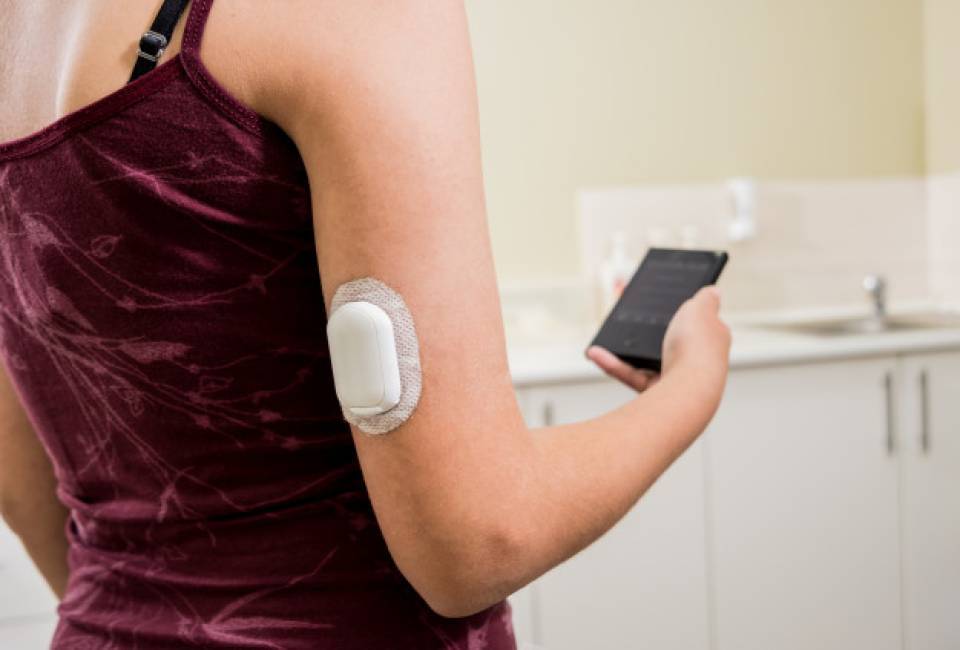A decrease in glucose levels (hypoglycaemia) is a greater risk in elderly people than in other populations, as it can induce neurological and cognitive disorders, fractures, arrhythmias or sudden death. For this reason, clinical guides emphasise that less strict glycaemic control measures are applied to elderly people, so that they avoid hypoglycaemia in particular. Despite this, hypoglycaemia continues to be a significant clinical problem in elderly people with DM1.
One of the systems used to periodically control blood sugar levels is Continuous Glucose Monitoring (CGM), which determines glucose concentration in the interstitial fluid practically in real time. This allows the person to set alerts for excessively low or high levels, making it easier to adjust insulin doses and carbohydrate intake.
So far, various studies have been carried out that have shown that CGM is a useful tool to reduce hypoglycaemia in people with type 1 diabetes, but some groups of patients are excluded in the majority of these, for example those who have recently experienced very serious hypoglycaemia, and those who are elderly. Old age, which is difficult to define given the continued increase in life expectancy, is a concept that is often taken into account in clinical trials and increasingly includes a wider segment of the population. In fact, in many cases older people are still engaged in productive activity from an employment and intellectual perspective, yet remain excluded from the conclusions. Therefore, there is currently a lack of information on whether CGM can be useful in preventing hypoglycaemia in people with type 1 diabetes from a certain age.
Therefore, a recent study analysed the effectiveness of CGM in reducing hypoglycaemia in adults over 60 years of age. 203 people participated in this study, which compared the effect of determining glucose levels through capillary blood (a prick on the finger) compared to continuous glucose monitoring. The average age of the patients was 68 years, and the average age of onset of diabetes was 36 years. The time during which they had blood glucose levels below 70, 60 and 54 mg/dl and the number of episodes of hypoglycaemia per week were analysed (15 consecutive minutes with blood glucose levels below 54 mg/dl was considered an episode).
The study showed that the use of MCG was associated with a significant reduction in time with glycaemic values lower than 70 mg/dl, which went from 73 to 39 minutes a day. No reduction in these hypoglycaemic times was observed in the group in which the glucose values were measured using capillary blood. They went from 68 to 70 minutes per day. The number of hypoglycaemic episodes also significantly reduced in patients with MCG, going from 2.6 to 0.8 episodes a week, while it basically remained unchanged in patients who measured glucose in the capillary blood.
This study shows that MCG is a useful tool in minimising the risk of hypoglycaemia in patients over 60 years of age with type 1 diabetes. MCG is as safe and effective in these people as in younger patients. As such, this data suggests that age should not be criteria for exclusion from the use of this kind of technology, which is more sophisticated than determining glucose using the capillary blood and which, in general, has been considered to have preferential use in younger people. Confirmation of this data should modify clinical practice, in line with the generalisation of the use of increasingly consolidated technology in older people.
Author: Dr. Enric Esmatjes, endocrinologist at the Institute for Digestive and Metabolic Disorders




